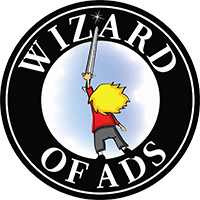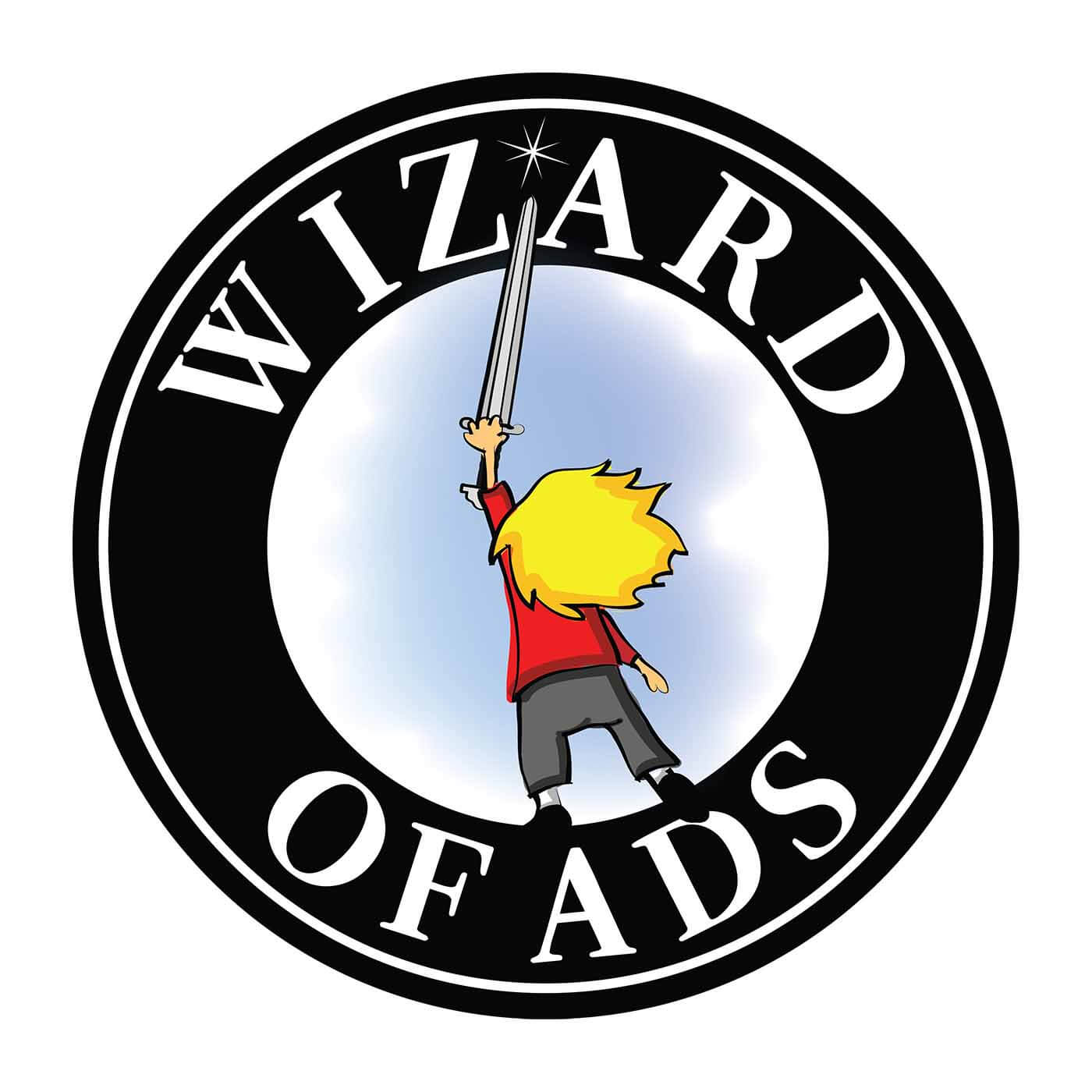full
Identity Marketing
Bad marketing is about you, your company, your product, your service. “I, me, my, we, our…”
Good marketing is about the customer, and how your product or service can elevate their happiness. “You, you, you, you, your…”
With every purchase we make, we shout to the world who we are.
We are attracted to products and services and brands and celebrities and organizations and friends because we see a reflection of ourselves in them.
Our purchases and alliances are identity reinforcement.
I’ve built a career on this belief.
Simon Sinek says the same thing, but differently. Four minutes into his famous TED-X talk in Puget Sound, Simon says,
“Here’s how Apple actually communicates. ‘Everything we do, we believe in challenging the status quo. We believe in thinking differently.’
At 5 1/2 minutes,
“People don’t buy what you do; they buy why you do it. The goal is not to do business with everybody who needs what you have. The goal is to do business with people who believe what you believe.”
At 7 1/2 minutes,
“The goal is not just to sell to people who need what you have; the goal is to sell to people who believe what you believe. The goal is not just to hire people who need a job; it’s to hire people who believe what you believe. I always say that, you know, if you hire people just because they can do a job, they’ll work for your money, but if they believe what you believe, they’ll work for you with blood and sweat and tears.”
As Simon approaches the 11-minute mark, he says,
“People don’t buy what you do; they buy why you do it. If you talk about what you believe, you will attract those who believe what you believe.
At 13 minutes:
“People don’t buy what you do; they buy why you do it and what you do simply proves what you believe. In fact, people will do the things that prove what they believe.
And at 15 1/2 minutes, he starts talking about Martin Luther King:
“He didn’t go around telling people what needed to change in America. He went around and told people what he believed. ‘I believe, I believe, I believe,‘ he told people. And people who believed what he believed took his cause, and they made it their own, and they told people. And some of those people created structures to get the word out to even more people. And lo and behold, 250,000 people showed up on the right day at the right time to hear him speak. How many of them showed up for him? Zero. They showed up for themselves. It’s what they believed about America that got them to travel in a bus for eight hours to stand in the sun in Washington in the middle of August.”
Most people call this the “Start with Why” talk, but Simon never did. Although he did use the word “why” 28 times, he used the word “believe” 32 times, and 28 of those were in his most high-impact statements.
You gain the power of persuasion when you learn to see through the eyes of others. This allows you to talk to them about what they already care about instead of lecturing them on what they ought to care about.
It sounds easy, but it’s not. To see through the eyes of others, you have to open your heart and mind to values and beliefs that are not your own.
The only hard choices in life are the choices between 2 good things.
You will agree, I’m sure, that Justice and Mercy are both good things. But when they come into conflict, which way do you lean? Your customer might lean the other way.
How about Freedom and Responsibility? As one increases, the other decreases. Which one do you value a little more than the other?
Honesty and Loyalty? Those come into conflict almost daily.
You believe what you believe. And you agree with people who believe as you do.
When you write unthinkingly, you speak and write from within the constraints of your own belief system. And in so doing, you speak persuasively only to the members of your own tribe.
But persuasive ad copy is about the customer. Can you open your heart and mind wide enough to speak to values and beliefs that are not your own?
There will always be people who like to buy in the way you like to sell. These people are the low-hanging fruit on which you build the foundation of your business. These people are your tribe. But there will come a day when you have plucked all the low-hanging fruit – perhaps you already have – and you will find yourself trapped beneath a glass ceiling. You can see a lot more business out there, but it’s just not coming to you.
You will pass through that glass ceiling when you learn how to sell people who like to buy in a way other than how you like to sell.
You have to sell each customer their way.
Persuasive ad writers use a technique called “inclusive communication by design.” There are 2 good ways to do it:
1. Include something for everyone. Figure out how to include language that will appeal to each of the different perspectives a person might bring to their purchasing decision. The most sophisticated way to accomplish this is to use the “personas” technique developed by Jeffrey Eisenberg. To do this you will need to talk to the frontline sales people of the organization in question; the people who talk to real customers all day, every day. Based on these interviews with salespeople, you will probably identify three or four different customer “personas.” One or two of these will probably be a stretch for you to understand. But you must learn to speak to each of these different belief systems if you want your business to reach the next level, and the next. The downside of this technique is that it tends to require longer ad copy.
2. Speak only to those values and perspectives that most customers agree upon. The downside of this is that these ads are often less persuasive because they tend to be less specific.
But like I was saying, the only hard choices in life are the choices between 2 good things.
Roy H. Williams

